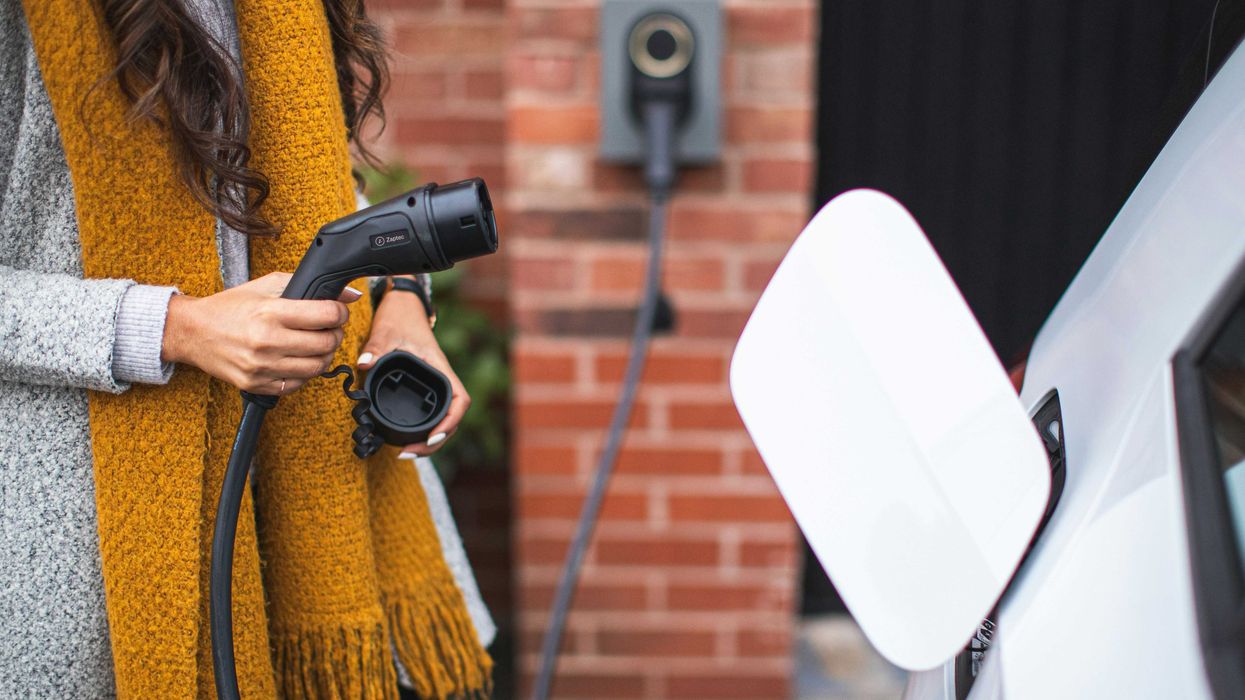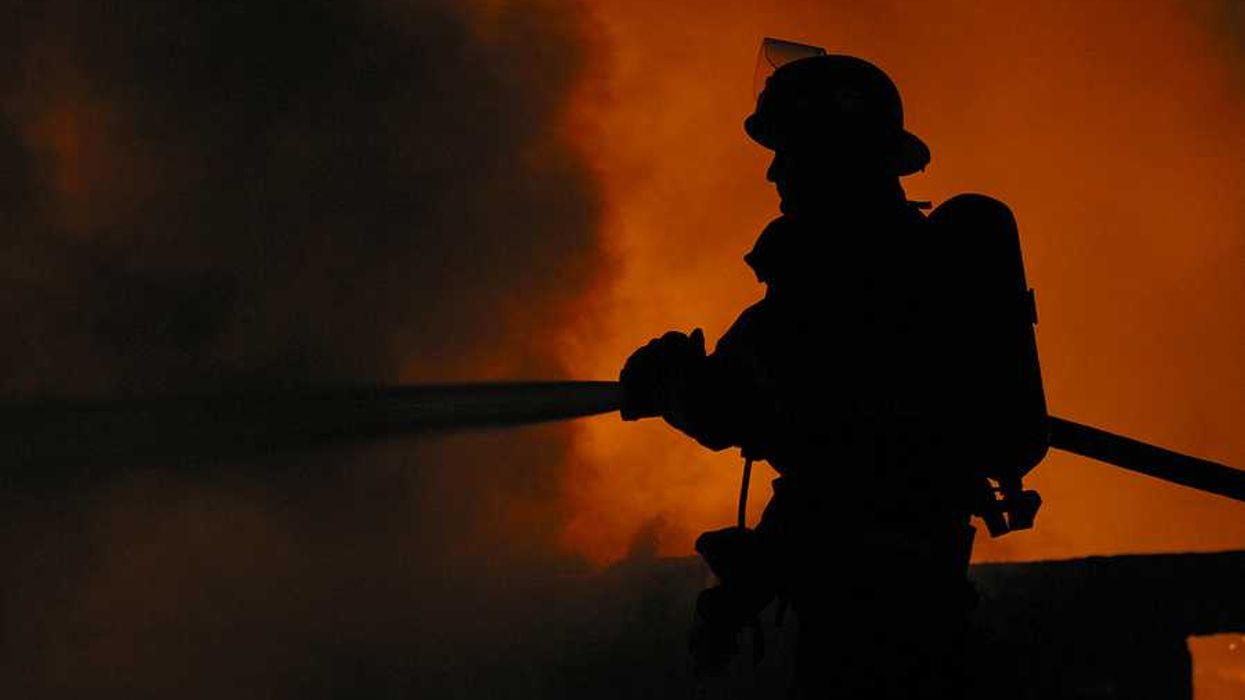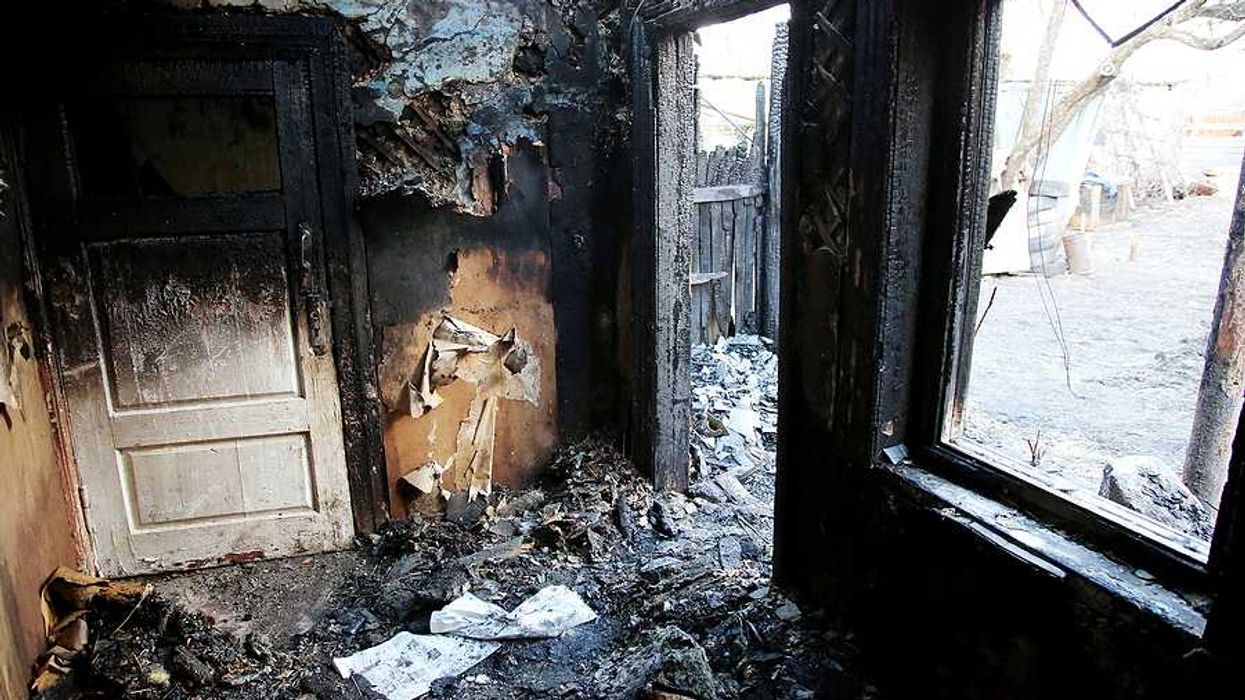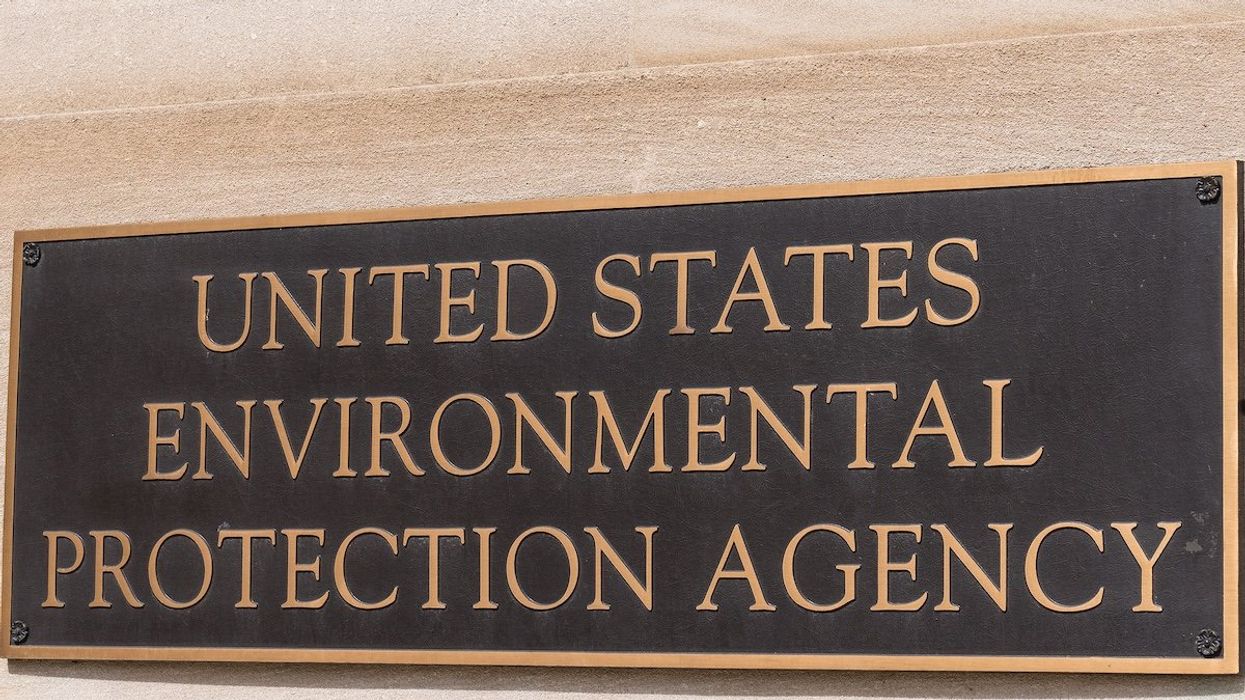As online shopping explodes across New York City, residents in predominantly low-income communities are grappling with rising pollution from thousands of delivery trucks feeding a growing network of "last-mile" warehouses.
Kiley Price reports for Inside Climate News.
In short:
- New York City now sees over 2.4 million package deliveries every weekday, with 90% of goods transported by truck, sharply increasing harmful air pollution.
- Dozens of last-mile warehouses, often placed without environmental review, are clustering in industrial areas next to residential neighborhoods, disproportionately impacting environmental justice communities.
- Efforts to curb truck emissions, like New York’s Advanced Clean Truck Rule, face delays and opposition from the trucking industry over infrastructure and cost concerns.
Key quote:
“The tide seems to be moving slowly away from decisive action on clean truck regulations, and that’s something I would keep an eye out for, especially over the course of the Trump presidency.”
— Lauren Dalban, reporter
Why this matters:
The unchecked rise of last-mile warehouses highlights a growing collision between consumer convenience and public health. Trucks emitting nitrogen oxides and fine particulate matter are a major cause of urban air pollution, and neighborhoods situated near industrial zones — often lower-income and communities of color — suffer the brunt of serious, adverse health outcomes, including asthma in children, heart disease, and premature death. Meanwhile, regulatory efforts like New York’s Advanced Clean Truck Rule are stalling under industry pressure, extending communities' exposure to toxic emissions. Across the country, cities facing a boom in e-commerce must now contend with a surge in truck traffic and warehouse construction, raising urgent concerns about environmental justice and air quality.
Learn more: Online shopping surge fuels truck pollution in low-income New York neighborhoods














